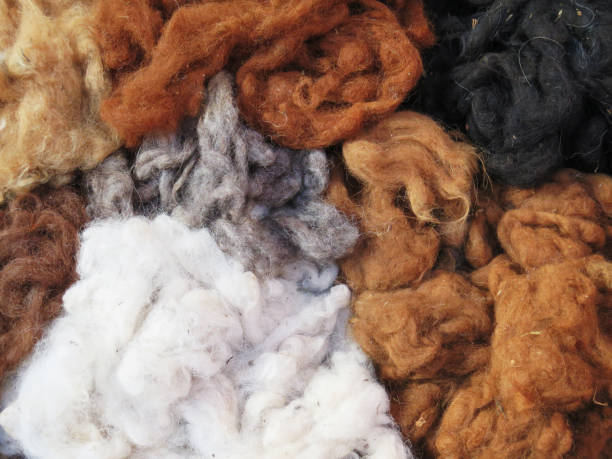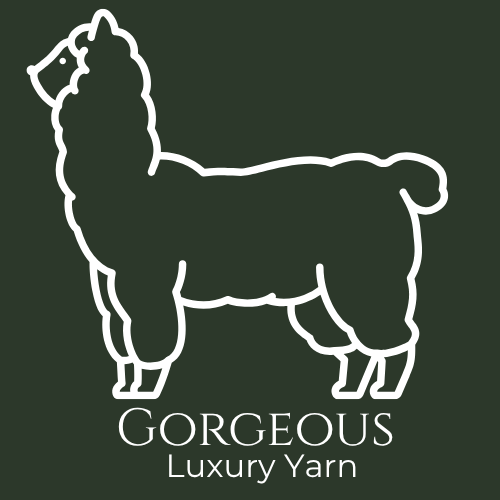
Uses for Alpaca Fleece
Share
We have a lot of customers with neighbours who own alpacas and don't know what to do with the fleece. So, here are a few ideas
A quick explanation first. Alpaca fleece are not all equal:
The Blanket
- The best quality part comes from the main body, and is called the Blanket.
- The blanket will vary, depending on the breeding and the feeding.
- It may be suitable for processing to yarn.
- If it is not high quality, just treat it as Seconds...
Seconds
- The lower quality short fibre length comes from the neck and legs.
Quality Blanket Uses
-
Wholesalers collect, grade, and pay for fleeces from many small farms. The top grade fleece will be used for wool, and textiles, and lower grade for carpets, duvets and mattresses.
-
Spinners are always looking for good quality fleeces. You might get a few £££?$$$ for it, but it won't cover the feed or vet's bills. Contact your local spinning guild. You can find a list at the Association of Guilds, Weavers, Spinners and Dyers.
-
Learn to spin it yourself! You will need to learn the whole process, from skirting, carding, and spinning. If you want to learn to spin, there is nowhere better in the UK than Theresa at The Spinning Barn in Norfolk.
Carders and spinning wheels can be expensive, but many local Guilds share equipment or can point you in the direction of a second-hand unit:
- Professional Processing: There are a few specialist alpaca processing mills. We always recommend (and use ourselves) the fabulous team at The Border Mill in Duns in the Borders of England and Scotland. WARNING: It's expensive if you only have two or three fleeces, and you will need to book ahead. You will also need to prepare your fleece according to the mill instructions.
Uses for Fleece Seconds
- Slug and snail repellent around your vegetable patch. Because it is water-repellent and wicks away moisture, slugs and snails don't want to cross it.
- Incorporate into houseplant compost: At Gorgeous, we are currently adding fleece to our houseplant pots (about half way down within the compost) to see if this affects water retention. Let us know if you would like to join the test!
-
Soil warming and mulch for early veg planting. There are various ways of doing this. One way is to fill your pot or bed with compost, plant up, and water well. Then build a layer of approximately 2.5cm (1 inch) alpaca fleece. Water through the fleece (it will just wick away and into the soil) below.
-
Bird Nest Lining: Put it in your fat ball bird feeders. In nature, you will see birds picking up sheep and alpaca fleece from hedgerows to line their nests with. They'll come back later in the season for maintenance product to repair their nests with.

- Furniture Making: a company called SolidWool is even using sheep (and possibly alpaca) fleece to make sustainable composite furniture. Amazing!
- Felting: there are loads of How To guides for this on YouTube, and here is an example.
